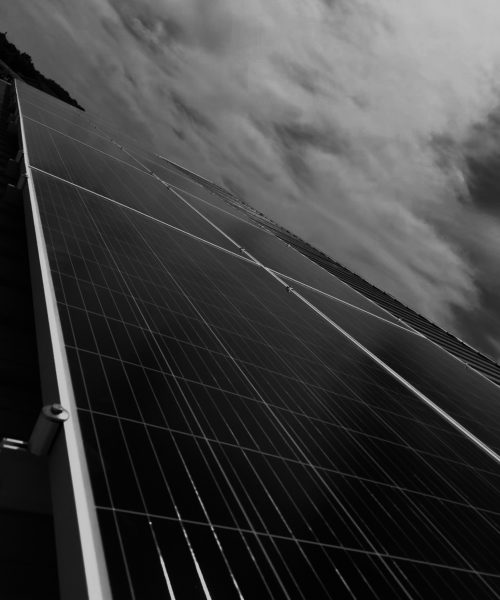
Buy your electricity In bulk.
Installing solar panels on your home or business is like buying your electricity in bulk, resulting in a discounted rate for the next 30 years. Solar arrays use energy from the sun and convert it to power that your home and business can use. Most customers use solar arrays without batteries to keep their utility costs lower as a hedge against inflation. Battery systems are installed to add a reliable source of backup energy and cost savings by releasing power when utility peak demand rates are at their highest. A solar array supplements your power usage throughout the day, instead of pulling power from the utility grid, which will save you money for decades. Laven Electric makes saving with solar power easy, and affordable. We’ll custom design a system for your home or business at no cost and show how you can start saving on your electricity bill. We design the system to offset a percentage of your bill, or to fit a specific budget. Solar panels can be installed on all roofs or ground-mounted spaces. We also build structures like carports or shaded outdoor areas.
- Commercial and Residential.
- Solar Design and Installation.
- General Panel Maintenance and Troubleshooting.
- Hybrid Systems.
- Rooftop Panels.
- Financial Analysis.
- Engineering and Construction.
Goodbye Electricity Bills.
- Low maintenance.
- Improves Property Value.
- Eliminate your electric bill for your business or home.
- Sustainable.
- Profitable investment.
- 25-year manufacturer warranties.
- Qualifies for 30% Federal Tax Credit.
- Accelerated depreciation for business and farming clients.
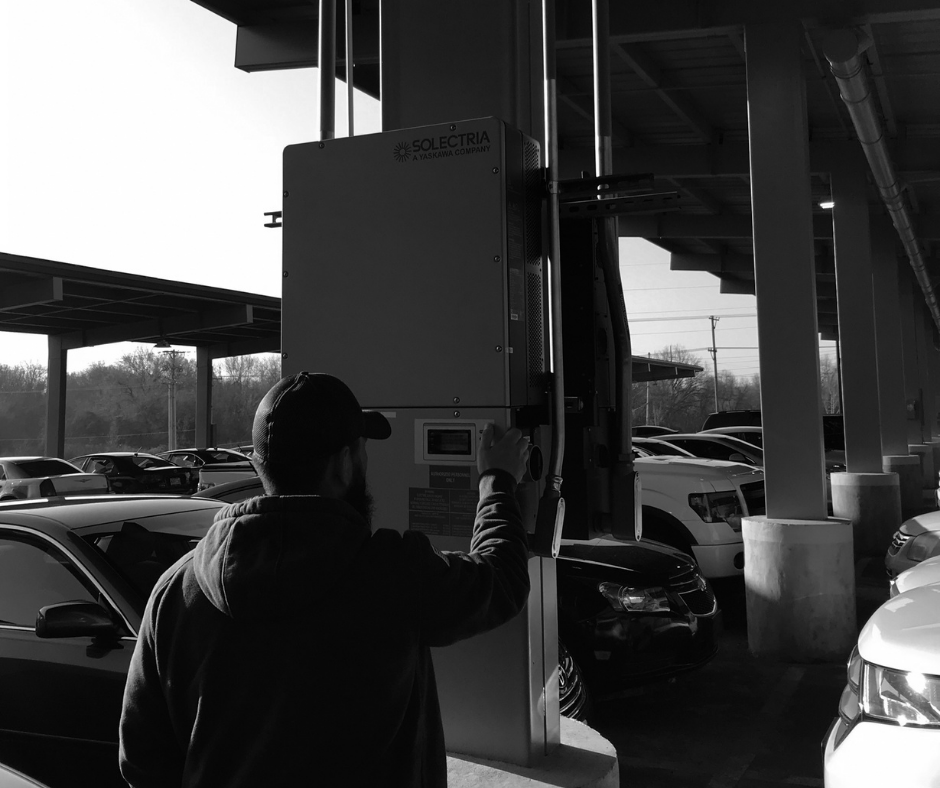

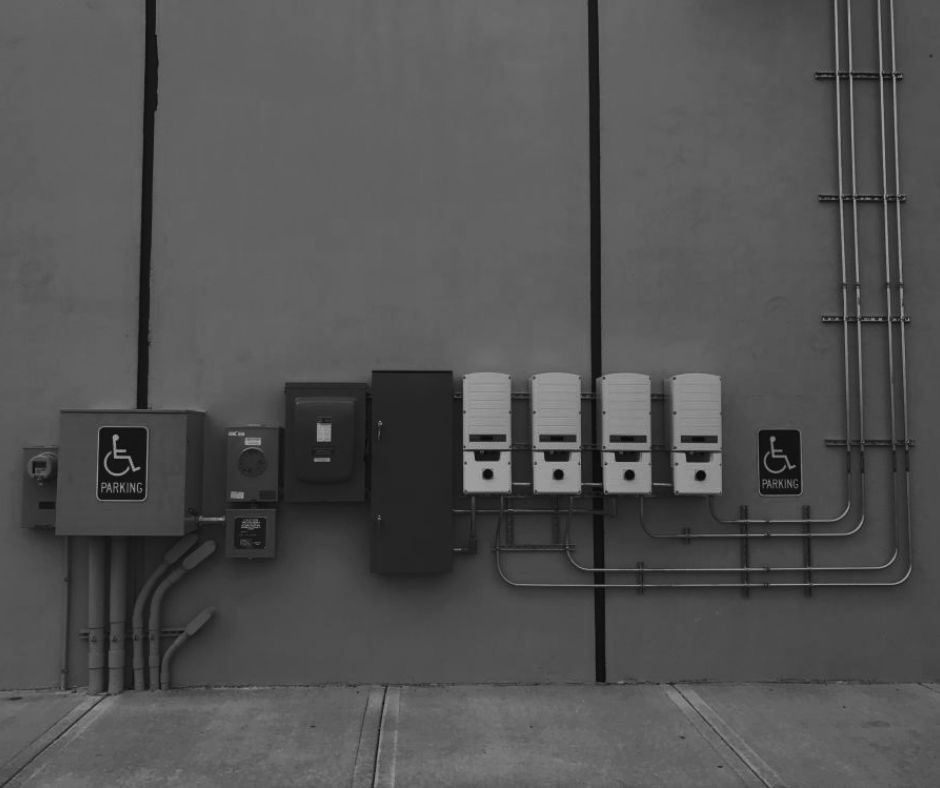

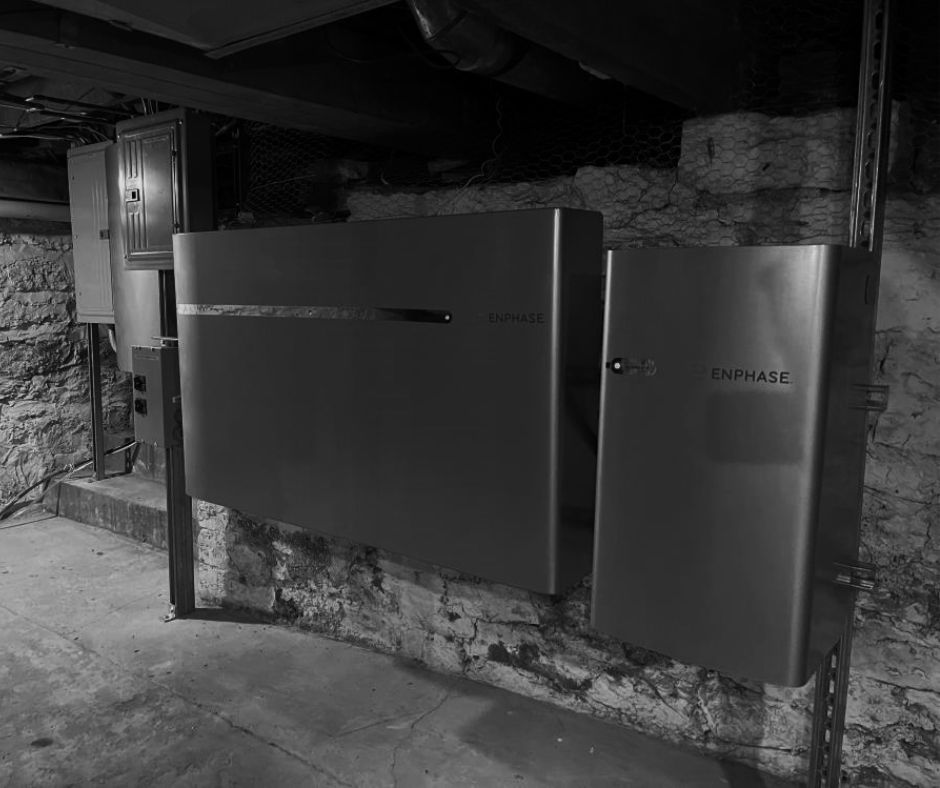


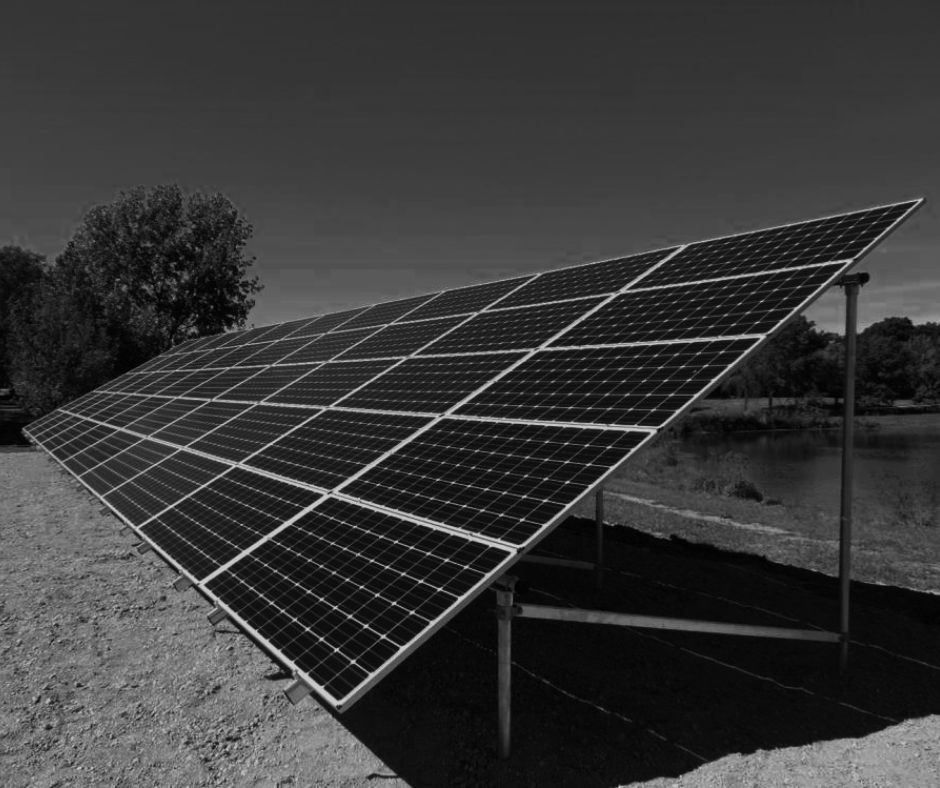


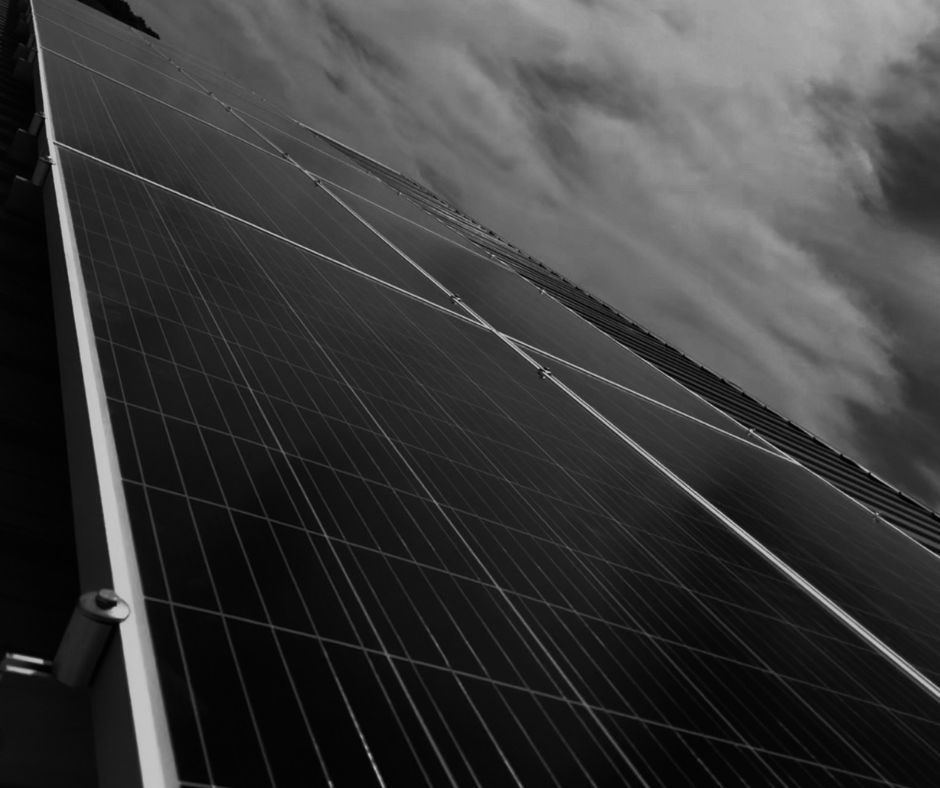
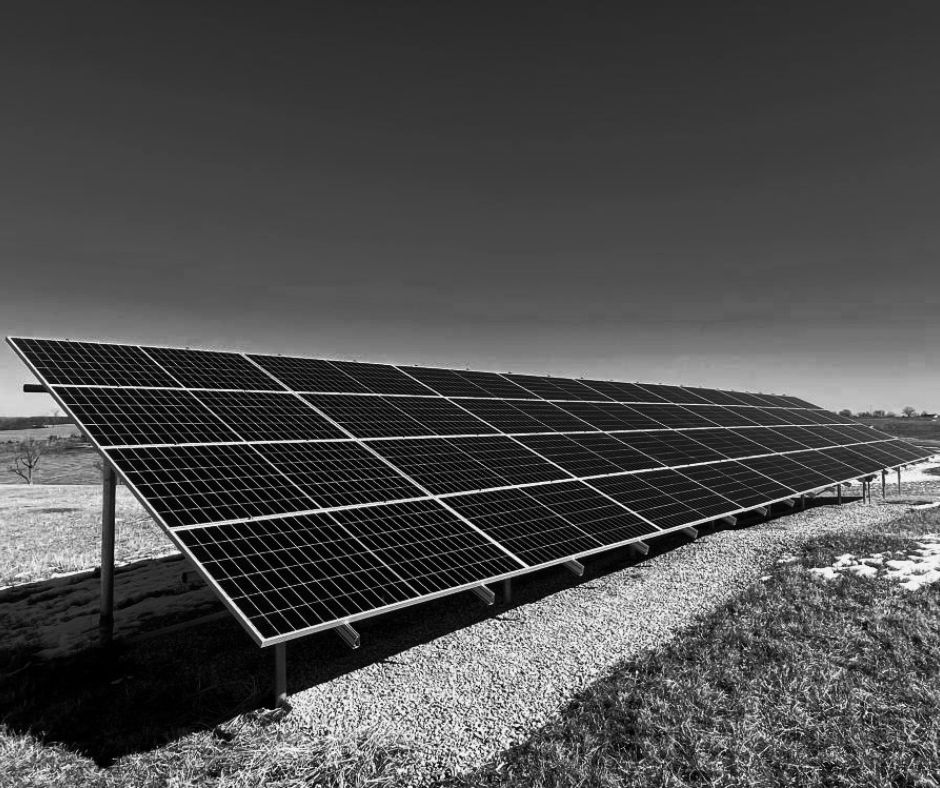
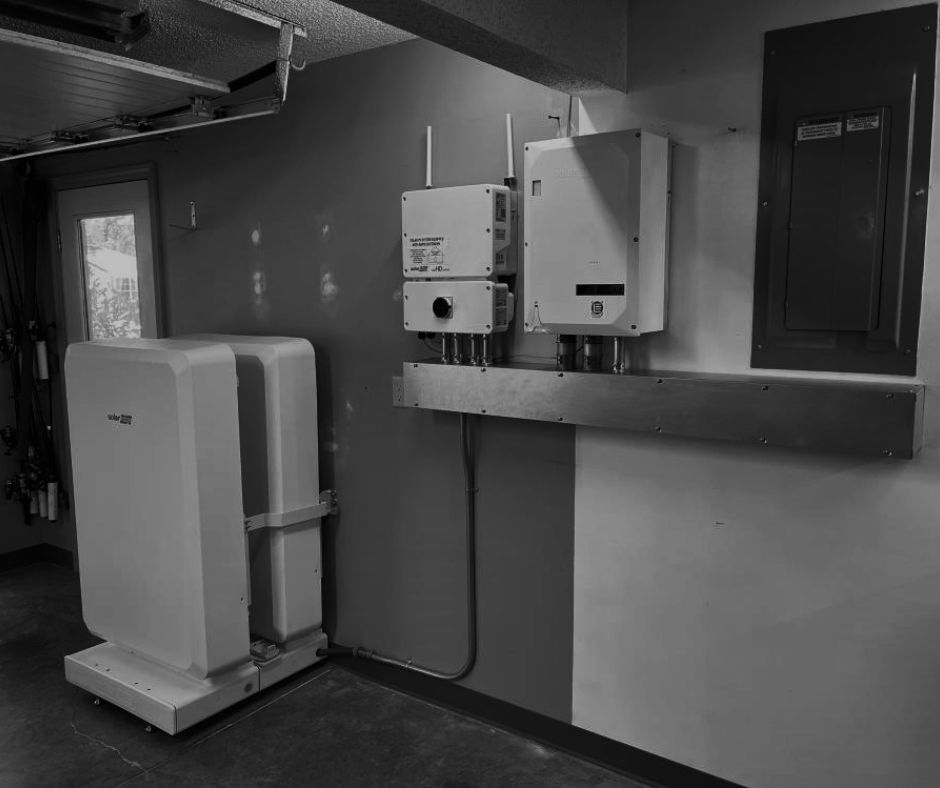

The Process:
More solar will be installed in the U.S. in the next two years than the last 40+ years combined.
-
Step 1
Savings Report - Send us your address, your utility account number, your utility meter number, and a years worth of usage in a graph or spread sheet.
-
Step 2
Preliminary - A Solar designer will examine your property via satellite and conduct a preliminary design/budget proposal at no cost.
-
Step 3
Site Survey - If the budget is accepted, a site visit will be conducted and a finalized quote and design will be provided. Any electrical or structural issues will be addressed.
-
Step 4
CAD/ Blueprints - Once the final design/ quote is approved, your solar installer will procure all the technical documents including engineering stamps when required.
-
Step 5
Documents - Our team will submit the net metering documents and permitting.
-
Step 6
Installation - Our team of professional installers and electricians will install the equipment and make any necessary improvements to your electrical system.
-
Step 7
Inspections - The municipality and/or utility company will inspect the installation.
-
Step 8
Commissioning - Our team will commission the system and set up monitoring so you can see your savings in real-time from a computer or mobile device. We continually monitor the systems from our office, to gather data and ensure there are no warranty issues that need attention.
Return on investment:
How to calculate your payback period and Solar Panel ROI.
Calculating the payback period and solar return on investment (ROI) for residential and business solar installations involves assessing the initial cost of the system, potential savings, and the time it takes to recover the investment. Here’s how you can calculate them:
Payback Period
The payback period is the time it takes for the initial investment to be recovered through energy savings. It’s calculated as follows:
Payback Period = Initial Investment / Annual Savings
Where:
- Initial Investment: Total cost of installing the solar system, including equipment, installation, and any other associated costs.
- Annual Savings: The amount of money saved annually due to reduced electricity bills as a result of using solar energy.
Solar Return on Investment (ROI)
ROI is a measure of how much money you’ve gained (or saved) relative to your initial investment. It’s calculated as follows:
ROI = (Total Savings – Initial Investment) / Initial Investment * 100
Where:
- Total Savings: The sum of all the savings generated by the solar system over its lifetime.
- Initial Investment: Same as in the payback period calculation.
Assessing Savings and Costs
To accurately calculate payback period and ROI, you need to gather the following information:
For Residential and Business:
- Initial installation cost: Including solar panels, inverters, mounting systems, labor, permits, etc.
- Annual energy production: Estimate the amount of energy the solar system will generate annually. This depends on factors like location, panel efficiency, shading, and orientation.
- Energy cost: The cost of electricity per kWh that you’re currently paying. This helps in calculating annual savings.
For Business (additional considerations):
- Tax incentives and credits: Businesses may be eligible for federal, state, or local incentives that can significantly reduce the initial investment.
- Accelerated depreciation: Some countries allow businesses to claim accelerated depreciation on solar equipment, providing additional financial benefits.
Example Calculation
Let’s say you’re installing a solar system with an initial cost of $20,000. It’s estimated to save you $2,500 on electricity bills annually. Your energy cost is $0.15 per kWh. Here’s how you’d calculate payback period and ROI:
Payback Period:
Payback Period = $20,000 / ($2,500 / year) = 8 years
ROI:
Total Savings = $2,500 * (number of years, e.g., 25 years)
ROI = ($2,500 * 25 – $20,000) / $20,000 * 100 = 212.5%
Remember, these calculations are simplified and don’t account for factors like inflation, system maintenance costs, potential increases in energy prices, and changes in solar technology. It’s a good idea to consult with a solar professional or financial advisor for a more accurate assessment based on your specific situation.
For more information on the Residential Clean Energy Credit, follow this link from the IRS.
U.S. Department of Agriculture offers Rural Residence access to Solar. Follow the link for more information on how to apply for the Rural Energy for America Program and input the state you live in.
Utility Prices Have Doubled.
